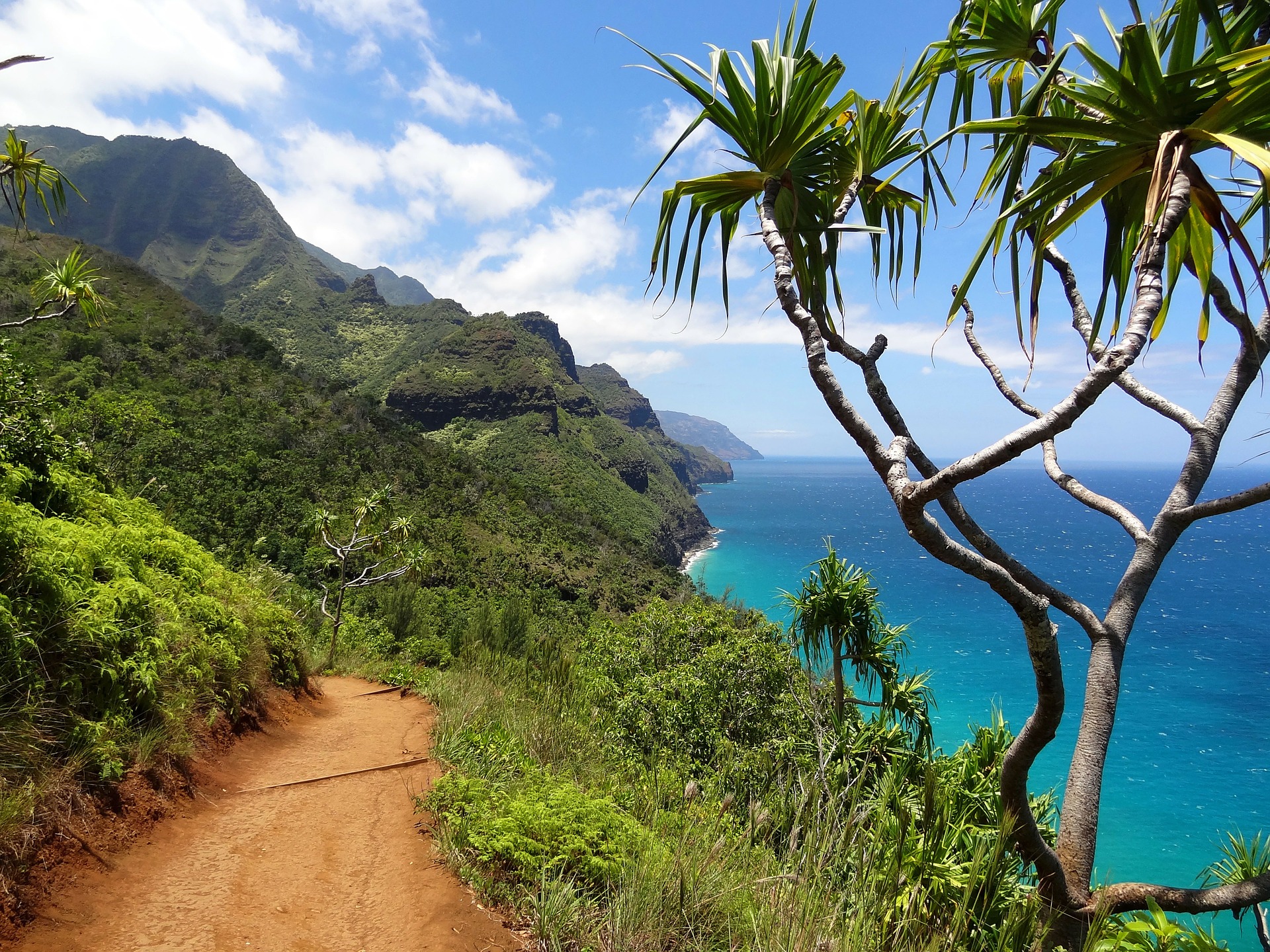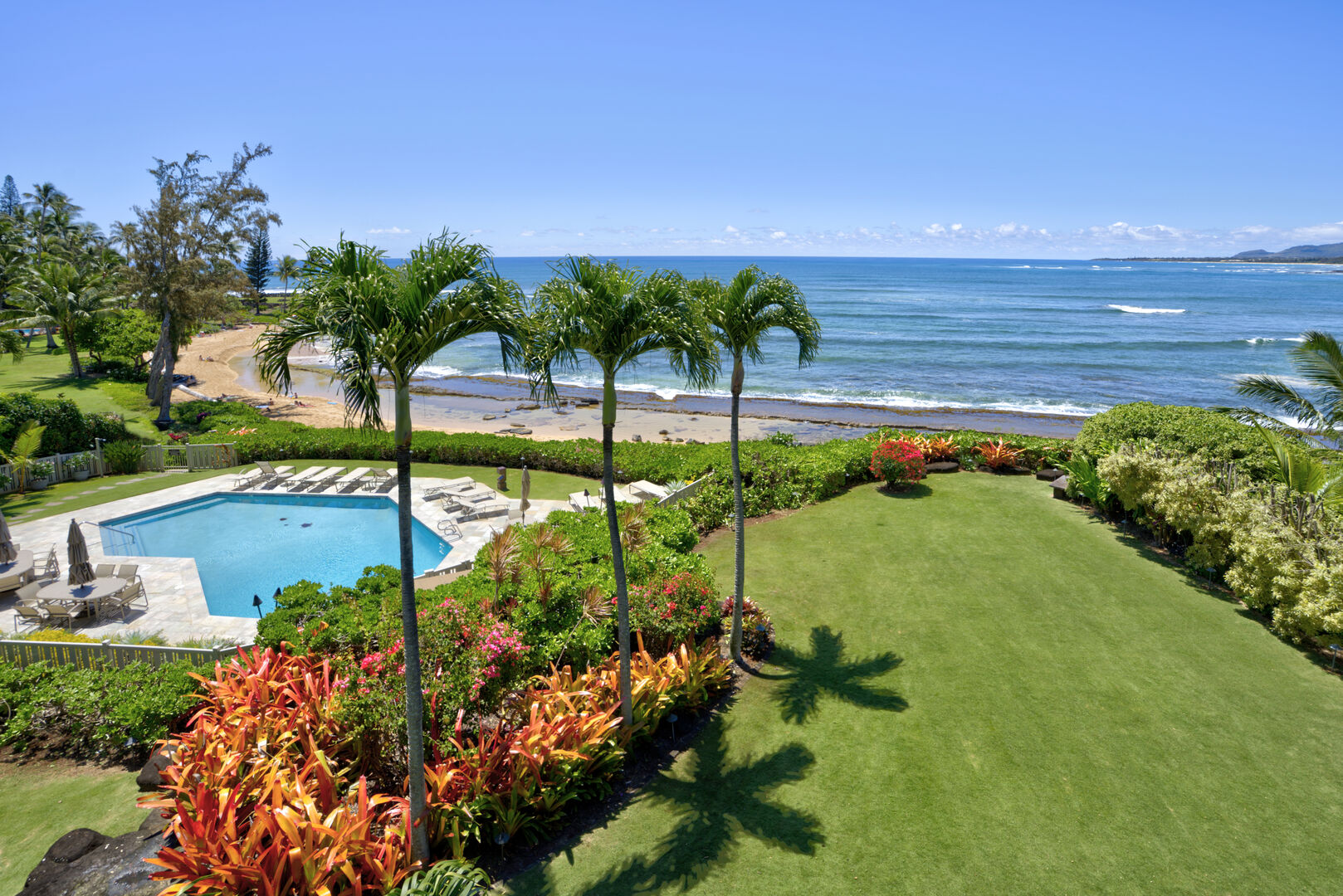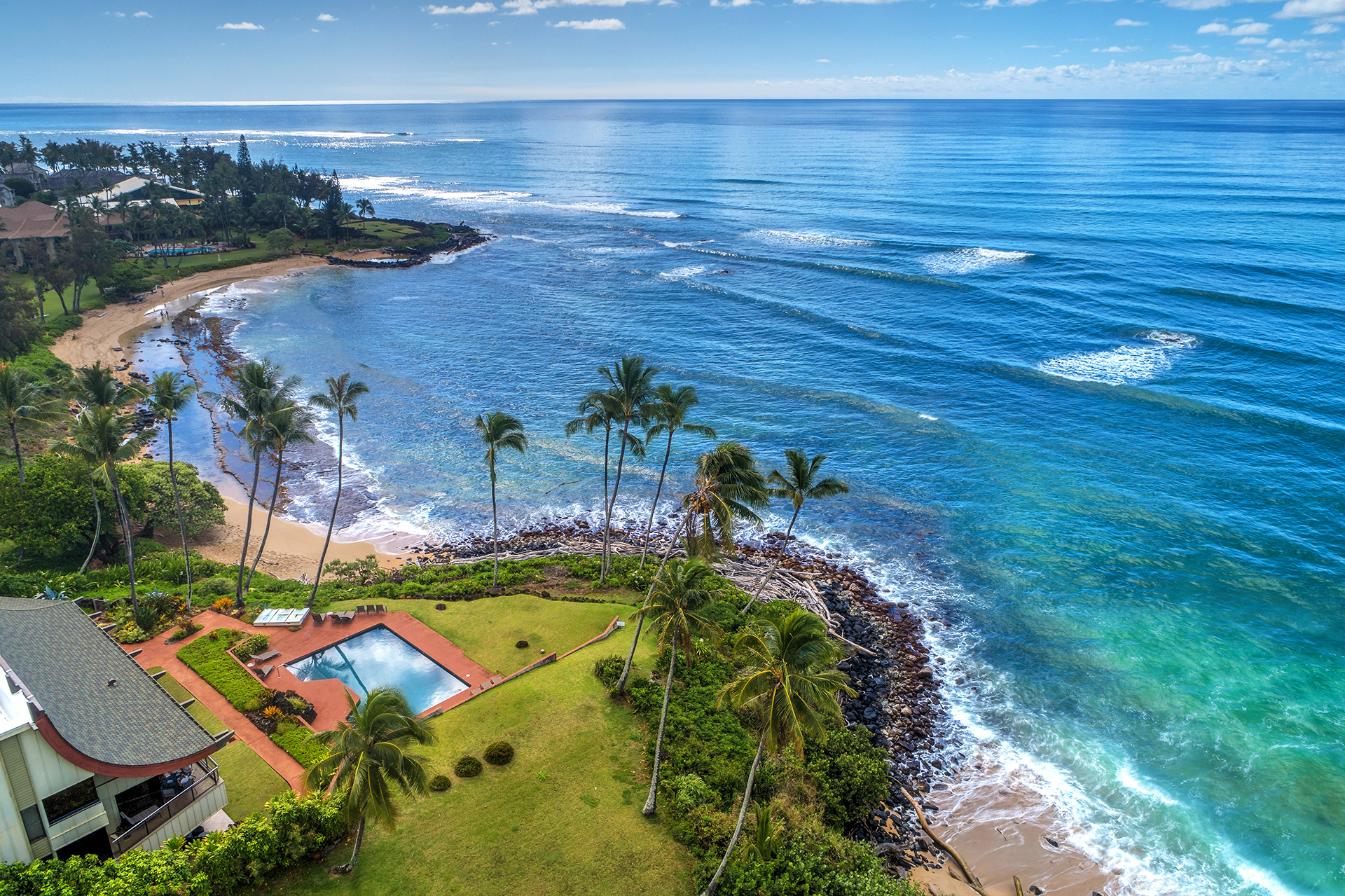While the Hawaiian Islands are known for their beautiful coastlines, there is much more to be discovered beyond its terrain. The rich culture here is well worth delving into if you’re planning a visit to the islands. As the oldest inhabited of the main Hawaiian Islands, Kauai has a long-standing history and culture that are still present to this day. Look beyond the exterior of paradise and take some time to learn more about the history of Kauai!
Early Kauai History
The original inhabitants of Kauai are believed to have sailed here via outrigger canoe from the Marquesas Islands over 2,000 miles away, with only the stars as navigation. After settling on the island as early as 200 A.D., they began growing kalo, or taro, as a staple food, in addition to breadfruit and other plants brought along in their canoes. Fishing and farming were the sustenance of life for early settlers. The Marquesans were eventually overpowered by migrating Tahitians. Remnants of the heiau, or temples, these early Hawaiians built as points of worship can still be found at various points around the island.
Hawaiian Royalty
During much of Hawaii’s history, each island was ruled by a separate monarchy. Eventually King Kamehameha the Great ruled all of the islands except Kauai. Kauai is well known as being the only island that was never conquered by King Kamehameha in his attempt to unite all of the islands. Kauai’s king, King Kaumualii eventually came to a peaceful resolution with Kamehameha and served as governor during King Kamehameha’s reign over the united Hawaiian Kingdom.
There was little outside influence on Kauai until 1778, when Captain James Cook landed on the island’s west coast in the town of Waimea. This brought in a flood of changes that would completely change the people’s and island’s future. With the onslaught of new ideas, beliefs, and materials, the newcomers also brought in many diseases that wiped out a large portion of the Native Hawaiian population. Missionaries also came to the island, and cultural practices such as hula were diminished.
Kauai’s Plantation Era
The plantation era began in full swing in the 1800s, developing sugar plantations in Koloa and across the island. Sugar plantations became a major source of industry until the late 1900s, bringing riches to missionary descendants and Caucasian businessmen. A growing pineapple industry also developed in what is today Lawai and Kapa’a. These farms also brought in an influx of immigrant workers. The melting pot that makes up Kauai’s culture today traces back to the sugar plantation workers who were brought over, including those who were Chinese, Japanese, Korean, Spanish, German, Puerto Rican, Portuguese, Norwegian, and Filipino. Today, Kauai celebrates multicultural heritage, from hula to the Japanese O-Bon, to the Tahiti Fete.
Statehood of Hawaii
Hawaii’s monarchy finally came to an end in 1893, when Queen Liliuokalani was overthrown by businessmen and US troops. After Hawaii became a US Territory in 1900, Prince Kuhio served as a delegate to the US Congress, becoming the only state to have a royal member serve. Hawaii became the country’s 50th state in 1959. With the entrance into statehood came fair labor laws, taxes, and labor strikes that eventually made sugar and pineapple production too expensive to maintain. The final pineapple cannery on Kauai closed its doors in the 1960s, and the final sugar plantation harvested its last crop in 2009 at the plantation in the west side town of Makaweli.
Tourism on Kauai
After sugar cane and pineapple production were no longer profitable, tourism overtook farming as a main source of revenue, which remains to this day the state and the island’s top industry. Tourism took off in the 1960s, and Coco Palms was one of the first hotels built, which is now famed for its filming location of Elvis Presley’s Blue Hawaii. Well loved by filmmakers for its natural beauty, many other movies and television shows have since used Kauai as a filming destination, filming productions such as Jurassic Park, Fantasy Island, South Pacific, King Kong, Raiders of the Lost Ark, Six Days Seven Nights, Soul Surfer, Lost, and Pirates of the Caribbean: On Stranger Tides, among many others.
Today, Kauai is known for its beautiful white sand beaches and raw natural beauty. Unlike many other top travel destinations that have seen overdevelopment, much of the land on Kauai remains untouched. This gives it a laid-back vibe where the natural beauty is evident. Remnants of the plantation era can still be seen in the many plantation homes that remain from the early 1900s, as well as in newer homes and buildings’ plantation-style architecture.
Hawaiian Culture Revived
The cultural practices of Native Hawaiians have also seen a revival, with Native Hawaiian history and language being taught in schools. Beyond the luau’s that are a form of entertainment for visitors, hula and lei making are also still important parts of Hawaiian culture.
Beyond its white sand beaches and stunning waterfalls, places such as the Grove Farm Homestead Museum and the Kauai Museum provide additional insight into the rich history of Kauai.





